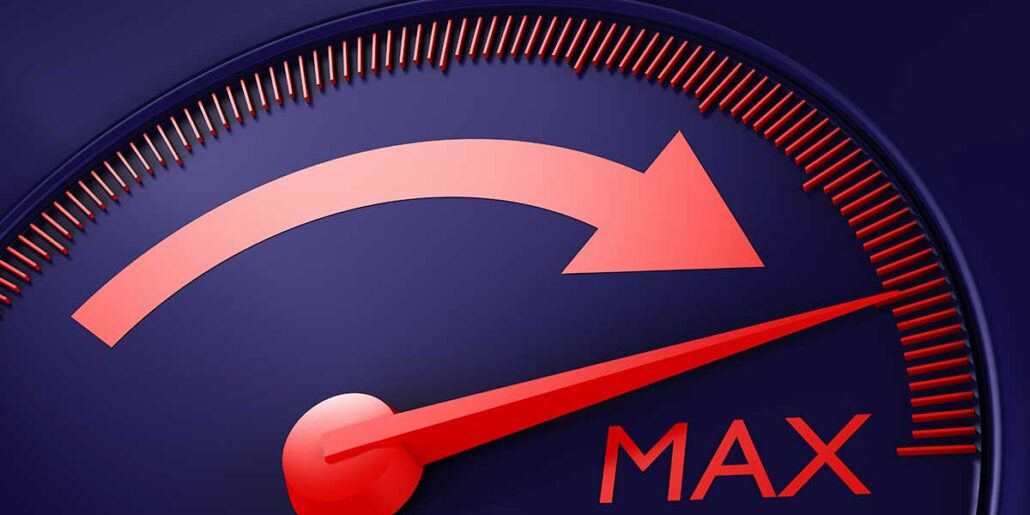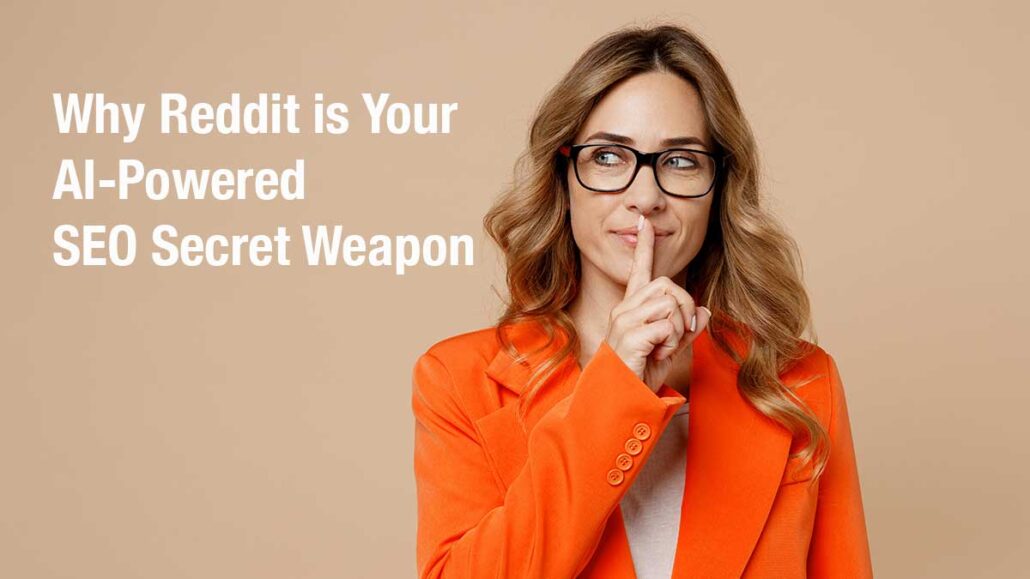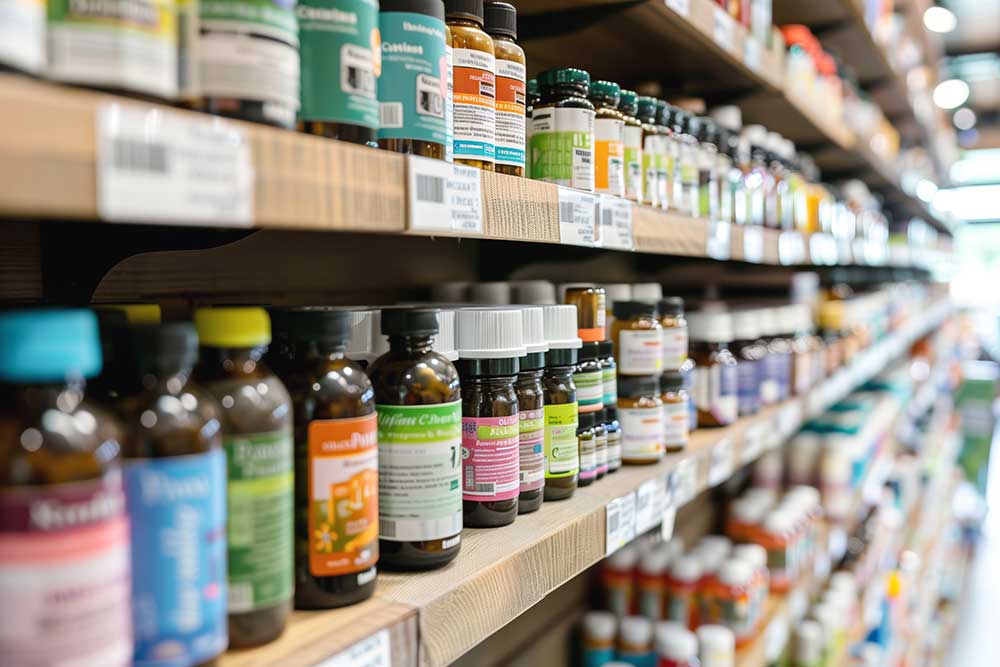Optimize Your SEO Conversion Rate with High-Intent Keywords
The best way to boost your organic SEO conversion rate is by strategically targeting high-intent keywords. These are the words and phrases people use when they are ready to buy or take a specific action.
Typically, a user’s journey begins with broad, “top-of-funnel” queries. They might search for informational or navigational keywords to learn about a topic or research different options. Once they’ve narrowed down their choices, their search queries become more specific, signaling they are ready to act. This is where high-intent keywords come in. Google’s job is to serve the best, most relevant results, and it loves content that sells—from feature lists and comparison charts to customer reviews and pricing guides.
In this guide, we’ll cover what a conversion rate is, explain the types of high-intent keywords, and provide a clear plan for how you can use them to increase your conversions.
What is Conversion Rate?
Conversion rate measures the percentage of website visitors who complete a desired action, such as making a purchase, filling out a contact form, or signing up for a newsletter.
A strong organic conversion rate for most industries is between 2% and 5%. Tracking this metric is crucial because it tells you:
- Content Effectiveness: Is your content compelling enough to drive action?
- Audience Understanding: Do you truly know your target audience and what they want?
- Keyword Alignment: Are your keywords attracting the right people to your site?
- User Experience: Is your page design and call-to-action clear and easy to follow?
Ultimately, your goal is to remove barriers to action. When your page’s language and design make it easy for users to complete your call-to-action, your conversion rate will rise.
Understanding High-Intent Keywords
High-intent keywords reveal a user’s readiness to make a decision. They are at the bottom of the sales funnel and are looking for specific information to finalize their choice. There are two primary types:
- Commercial Keywords: These keywords indicate the user is in the research phase but is strongly considering a purchase. They are looking for information to help them decide what to buy.
- Examples: “best organic greens powder,” “project management software reviews,” “RecVue vs Billing Platform”
- Transactional Keywords: These keywords indicate the user is ready to act now. They are looking for a way to complete a purchase, a download, or a sign-up.
- Examples: “buy ultrasonic cleaner today,” “retail installers in New York City,” “SaaS billing platform pricing”
A common mistake for many businesses is creating content that is all “top-of-funnel” and never transitions to sales. If you have a lot of traffic but a low conversion rate, it’s likely you need more content that says, “Yes, we have what you want, and here is how you can get it.”
How to Find Your High-Intent Keywords
Finding the right keywords requires a blend of research and audience understanding.
- Use Keyword Research Tools: Utilize tools like SEMrush, Ahrefs, or Moz to identify and filter keywords by commercial and transactional intent.
- Analyze Competitors: See what high-intent keywords your competitors are ranking for. This can reveal opportunities you may be missing.
- Google Search Console: Your GSC data can show you what queries users are already using to find your site. Look for queries that contain words like “buy,” “price,” “review,” or “vs.”
- Listen to Your Customers: Speak with your sales team and customers directly. Ask them how they searched for your products, what questions they had, and what ultimately convinced them to buy.
Once you have your list of keywords, you can use Google Analytics 4 (GA4) to track conversions and measure your success.
How to Use High-Intent Keywords to Boost Your Conversion Rate
Your website exists to sell. Every page should be a part of that mission. Here’s how to integrate high-intent keywords to drive more conversions:
- Product and Service Pages: These pages are your primary conversion points. Use one or two high-intent keywords in the page title, headings, and meta description. The content should be designed to remove all barriers to purchase by including:
- Clear and scannable feature lists.
- Customer reviews and testimonials.
- Easy-to-find pricing information.
- A compelling and visible call-to-action.
- Blog Posts: Your blogs should not only inform but also guide users toward a solution. In a blog post about a broad, informational topic, include sections or calls-to-action that directly address a high-intent keyword. For example, if you write a post on “The Benefits of SaaS Billing,” you can include a section titled “Why RecVue Is the Best SaaS Billing Platform” that directly compares your product to competitors.
- Homepage and About Us Page: Your homepage should immediately tell visitors what you do and why they should trust you. Use high-intent keywords in the main headline and subheadings. Your About Us page can also serve as a trust-building tool by including testimonials and links to case studies or product guides.
- Calls-to-Action: Your CTA buttons and links should use high-intent language that aligns with what the user is looking for. Instead of “Click Here,” use specific phrases like “Get a Free Demo,” “Download Pricing Guide,” or “Buy Now.”
Conversions happen when your content and calls-to-action align perfectly with user intent. By focusing on high-intent keywords, you can create a seamless experience that not only attracts the right traffic but also turns visitors into customers.




